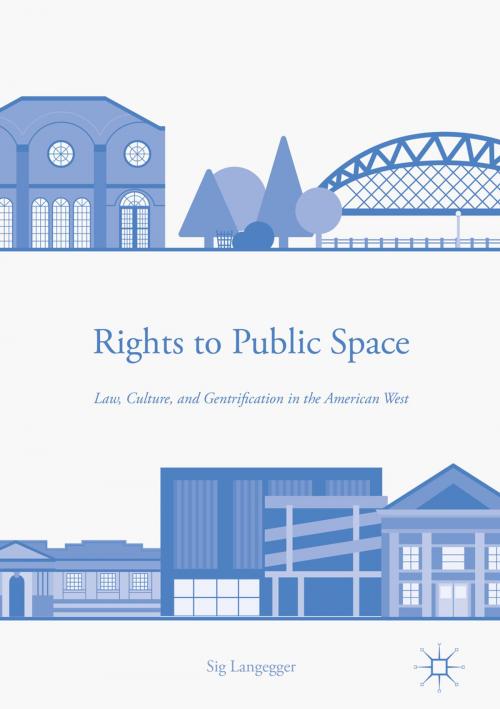Rights to Public Space
Law, Culture, and Gentrification in the American West
Nonfiction, Social & Cultural Studies, Social Science, Sociology, Urban| Author: | Sig Langegger | ISBN: | 9783319411774 |
| Publisher: | Springer International Publishing | Publication: | December 21, 2016 |
| Imprint: | Palgrave Macmillan | Language: | English |
| Author: | Sig Langegger |
| ISBN: | 9783319411774 |
| Publisher: | Springer International Publishing |
| Publication: | December 21, 2016 |
| Imprint: | Palgrave Macmillan |
| Language: | English |
This book examines the roles that public space plays in gentrification. Considering both cultural norms of public behavior and the municipal regulation of behavior in public, it shows how commonplace acts in everyday public spaces like sidewalks, streets, and parks work to establish neighborhood legitimacy for newcomers while delegitimizing once authentic public practices of long-timers. With evidence drawn from the formerly Latino neighborhood of Highland in Denver, Colorado, this ethnographic study demonstrates how the regulation of public space plays a pivotal role in neighborhood change. First, there is often a profound disharmony between how people from different cultural complexes interpret and sanction behavior in everyday public spaces. Second, because regulations, codes, urban design, and enforcement protocols are deliberately changed, commonplace activities longtime neighborhood residents feel they have a right to do along sidewalks and streets and within their neighborhood parks sometimes unexpectedly misalign with what is actually possible or legal to do in these publicly accessible spaces.
This book examines the roles that public space plays in gentrification. Considering both cultural norms of public behavior and the municipal regulation of behavior in public, it shows how commonplace acts in everyday public spaces like sidewalks, streets, and parks work to establish neighborhood legitimacy for newcomers while delegitimizing once authentic public practices of long-timers. With evidence drawn from the formerly Latino neighborhood of Highland in Denver, Colorado, this ethnographic study demonstrates how the regulation of public space plays a pivotal role in neighborhood change. First, there is often a profound disharmony between how people from different cultural complexes interpret and sanction behavior in everyday public spaces. Second, because regulations, codes, urban design, and enforcement protocols are deliberately changed, commonplace activities longtime neighborhood residents feel they have a right to do along sidewalks and streets and within their neighborhood parks sometimes unexpectedly misalign with what is actually possible or legal to do in these publicly accessible spaces.















